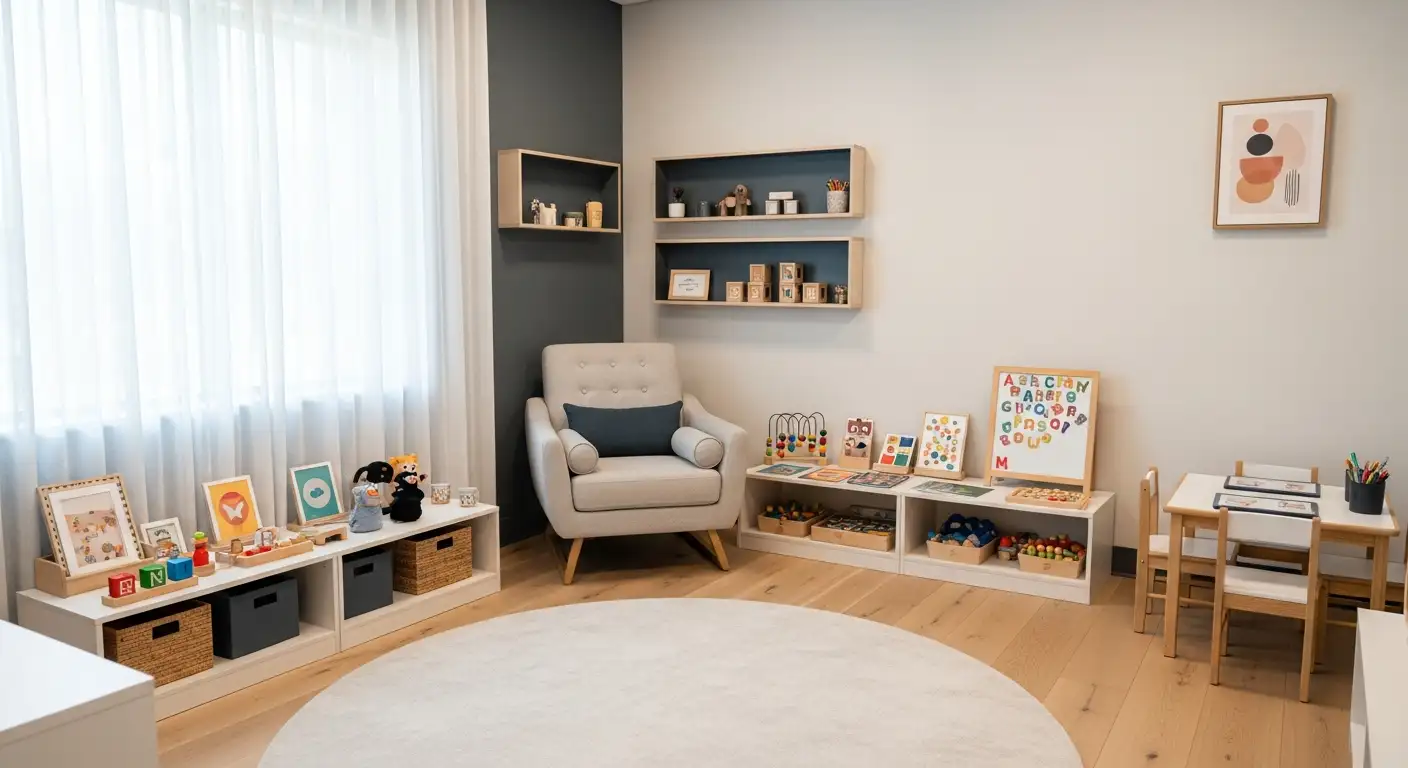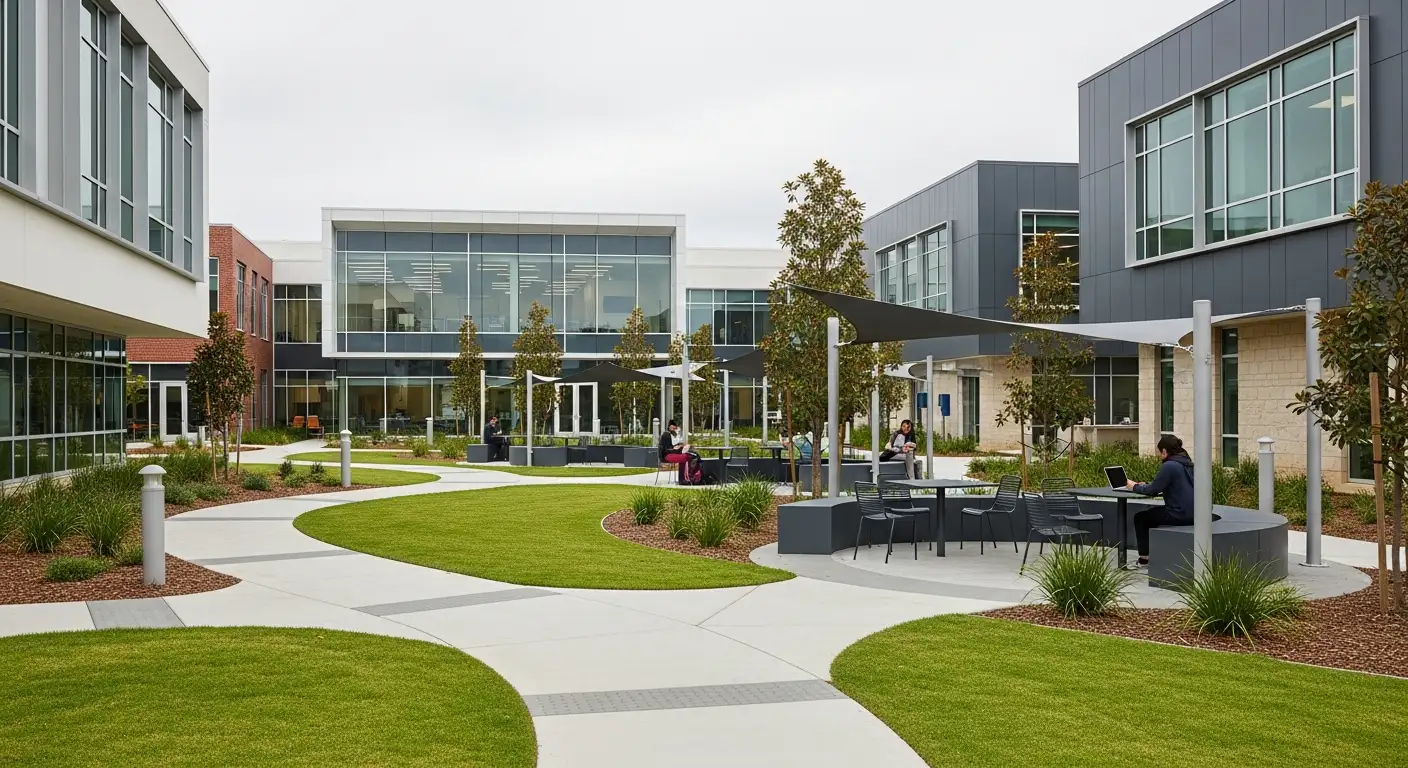Physical Therapy For Autism
Enhancing Life Skills through Physical Therapy in Autism Spectrum Disorder

Understanding the Impact of Physical Therapy on Autism
Physical therapy (PT) plays a critical role in supporting individuals with autism spectrum disorder (ASD), particularly in addressing motor delays, coordination challenges, and balance issues. While ASD presents unique developmental hurdles, targeted physiotherapy interventions can significantly improve physical, social, and behavioral outcomes, enabling greater independence and participation in daily life.
The Role of Physical Therapists in Autism Support
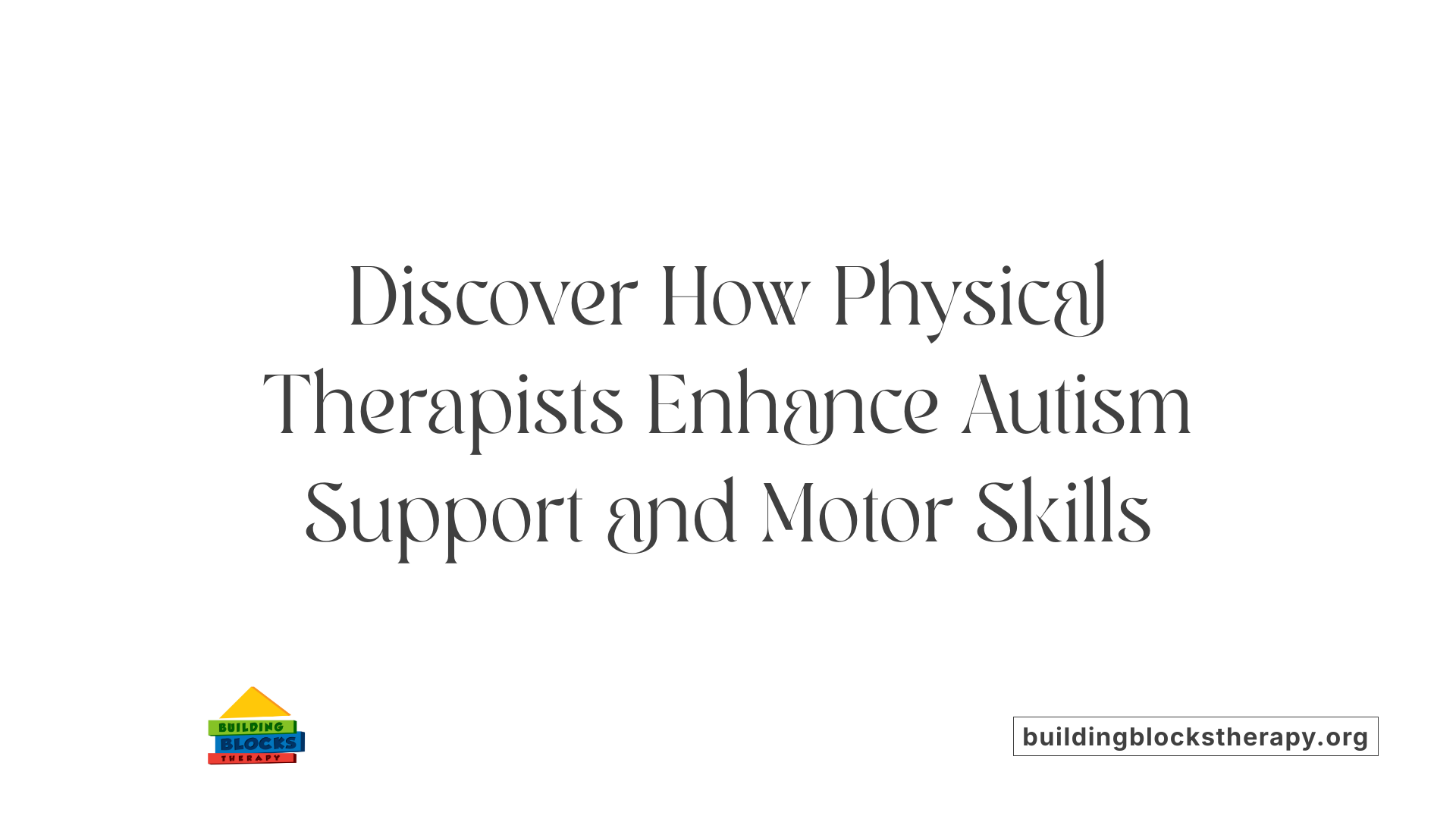
What is the role of physical therapy in supporting individuals with autism spectrum disorder?
Physical therapy is an important aspect of supporting children and adults with autism spectrum disorder (ASD). It helps address common movement challenges such as delays in motor milestones, coordination issues, and balance problems.
Licensed physical therapists evaluate each child's specific motor skills, including posture, coordination, and mobility, to create personalized treatment plans. These plans focus on improving gross motor skills like walking, jumping, and balance, as well as building muscle strength and control.
Interventions are often delivered in various settings, including the home, school, and outpatient clinics. Therapy sessions involve fun, play-based activities designed to motivate children and enhance motor learning. Tools like balls, swings, and slides are used to make exercises engaging and age-appropriate.
Physical therapy not only aims to improve movement and strength but also supports socialization and independence. Better motor skills can lead to increased participation in daily activities, improved confidence, and overall well-being.
Early intervention is crucial. By collaborating with families, educators, and healthcare providers, physical therapists help children reach developmental milestones and improve their quality of life. Although scientific evidence is still emerging, current research suggests that physical therapy can significantly benefit individuals with ASD by promoting physical, social, and emotional growth.
Techniques and Interventions in Pediatric Physical Therapy for Autism
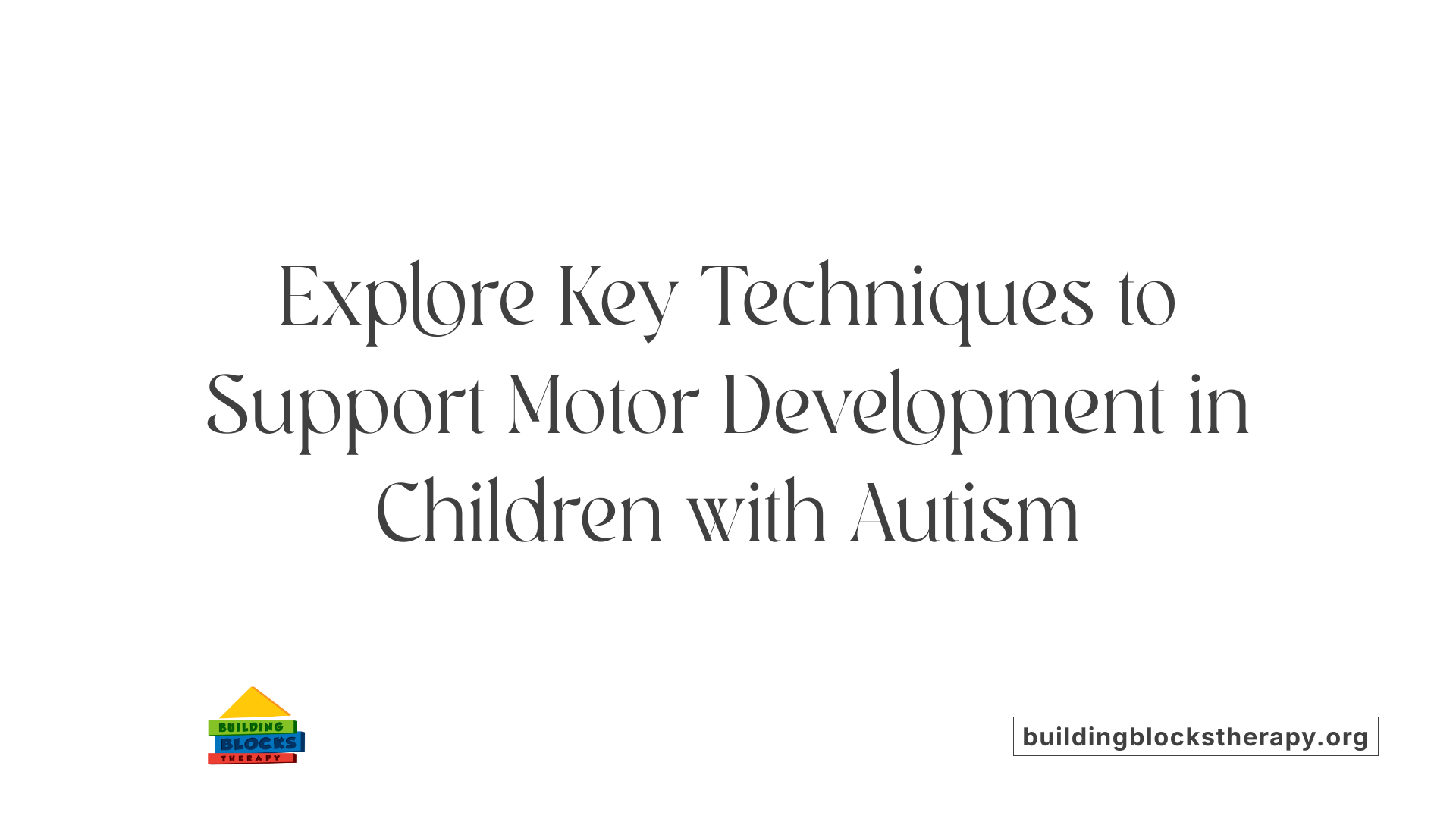
What are common physical therapy techniques used for children with autism?
Physical therapists employ a variety of techniques to support children with autism spectrum disorder (ASD) in developing essential motor and functional skills. Among these, sensory integration activities play a vital role. These activities help children better process sensory information, regulate their responses, and improve their reactions to stimuli such as sounds, textures, and movement.
Motor skills training is another core component. It targets fundamental skills like sitting, standing, walking, and running. Play-based exercises, including mirror therapy, arm circles, and bear crawls, are often used to make learning engaging while strengthening these abilities. Balance and coordination exercises also form a significant part of therapy, involving hopping, jumping, and hurdle step-overs to enhance stability and motor control.
Hydrotherapy, or aquatherapy, takes advantage of warm water to provide a soothing environment while improving range of motion and reducing muscle spasticity. Swimming and water-based movements can also alleviate sensory overload.
To further support overall fitness, therapists integrate activities such as strength training, stretching, yoga, and exergaming. These modalities improve muscle strength, flexibility, and endurance.
Incorporating these techniques aims to increase participation in daily life, foster social skills, and improve overall well-being for children with ASD. The tailored approach ensures that each child’s specific needs and abilities are accommodated, promoting meaningful progress in mobility and sensory regulation.
Structuring Pediatric Physical Therapy Programs
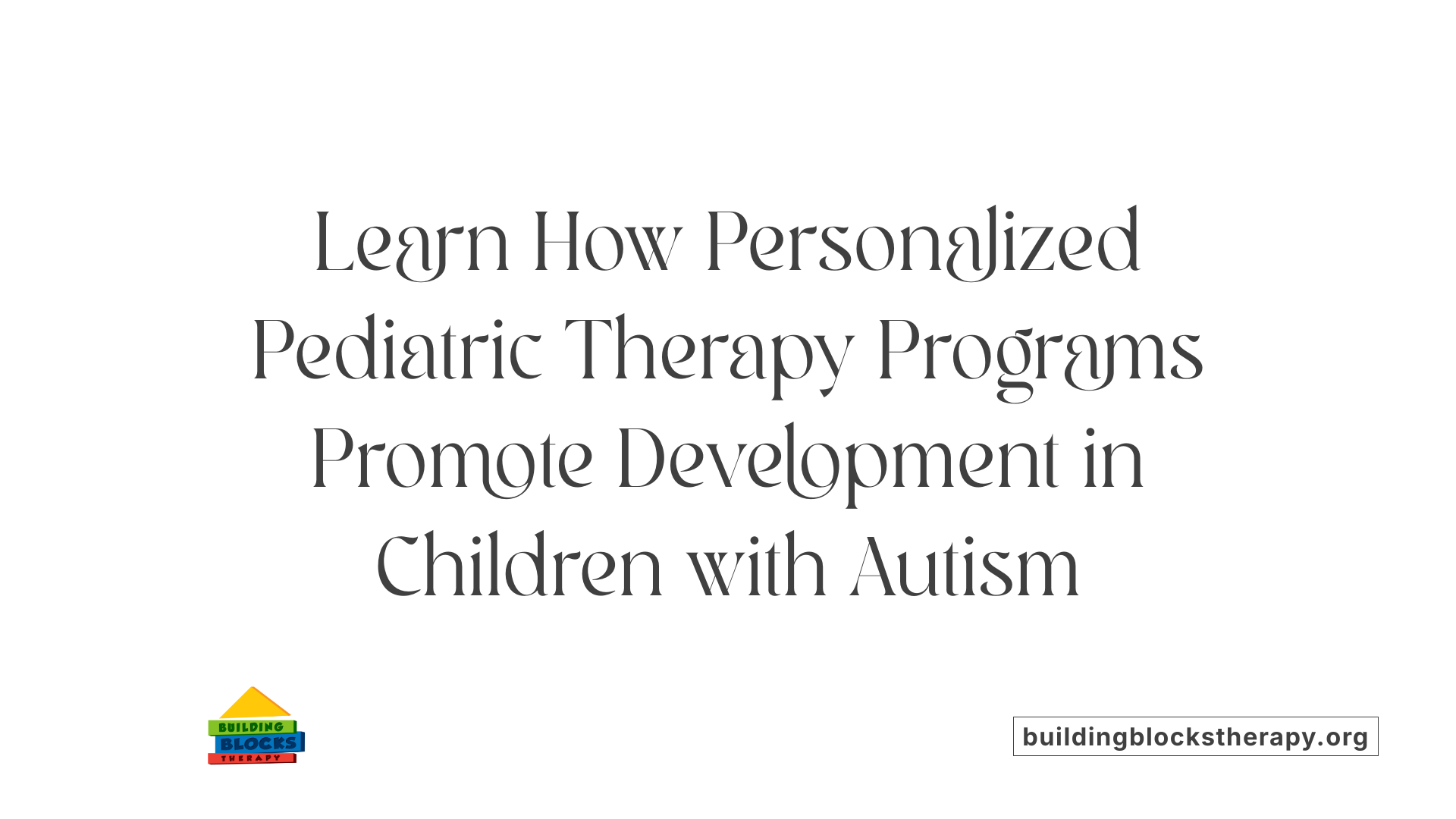
How is pediatric physical therapy structured for children with autism?
Pediatric physical therapy for children on the autism spectrum is carefully organized to target their unique motor challenges and promote overall development. It begins with a thorough assessment of the child's postural strength, coordination, balance, and functional mobility. Based on this evaluation, therapists set specific goals tailored to each child's needs, such as improving muscle control, enhancing balance, or building gross motor skills like crawling and walking.
The therapy programs are highly individualized. They often include activities and exercises that focus on strengthening muscles, enhancing posture, and refining coordination. Play-based activities are common, making therapy engaging and motivating for children. Tools like balls, swings, slides, and sensory toys are frequently used to facilitate movement and sensory integration.
Therapies are delivered in various settings, including the child's home, school environment, outpatient clinics, or natural outdoor settings. This flexibility helps integrate therapy into everyday routines and activities, supporting better generalization of skills.
Monitoring progress is a vital part of therapy. Physical therapists continually evaluate motor skills development using standardized assessments. These evaluations guide adjustments to the therapy plan to ensure ongoing improvement and participation.
Family involvement and a multidisciplinary team, including educators, occupational therapists, and healthcare providers, are crucial. They collaborate to adapt interventions, provide support, and bolster the child's progress. Early intervention is emphasized to promote the best developmental outcomes, with programs designed to enhance independence, sensory processing, and social participation.
Scientific Evidence Supporting Physical and Exercise Therapies in Autism
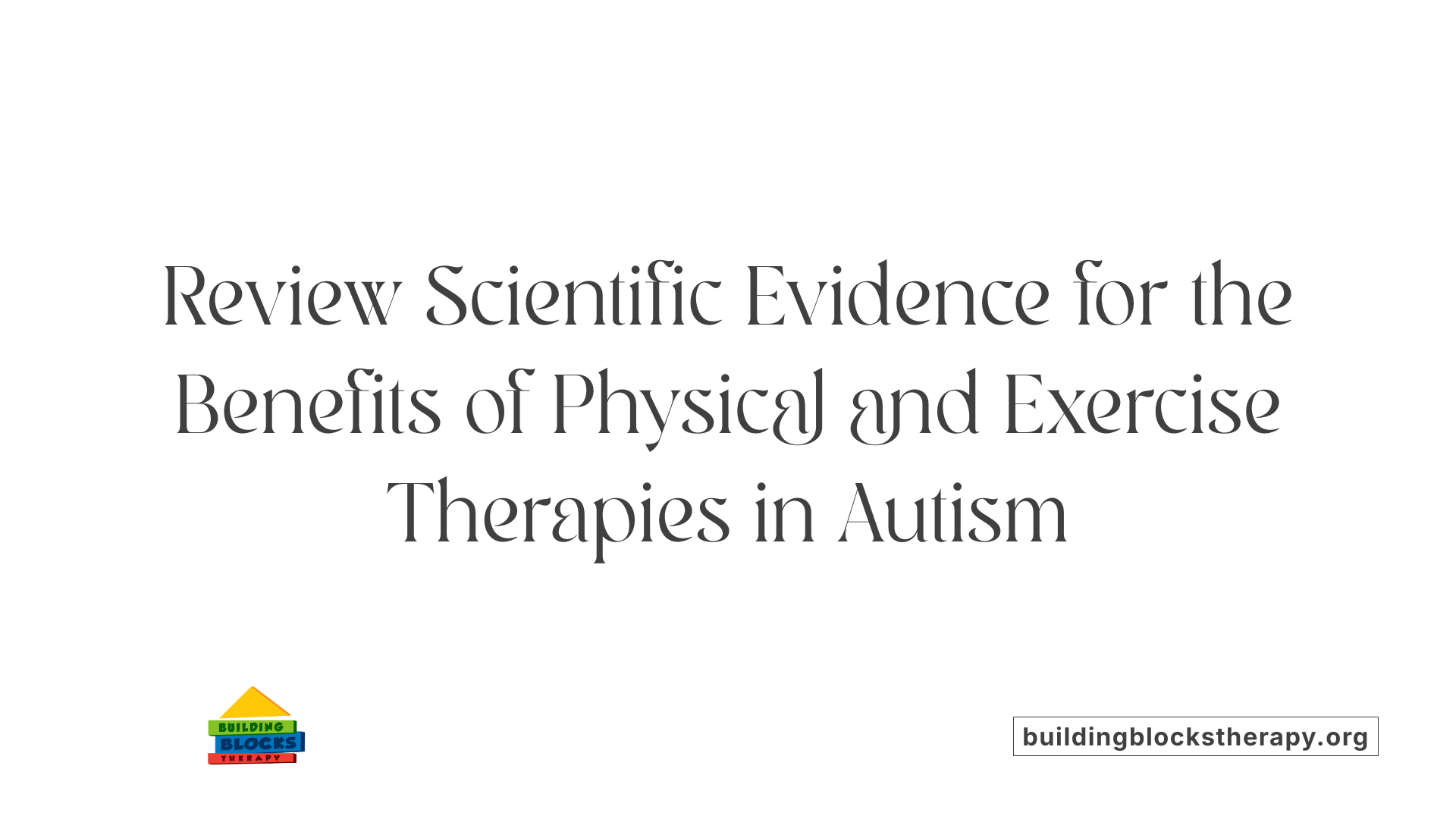
Is there scientific evidence supporting the effectiveness of physical therapy and exercise interventions for autism?
Yes, there is valuable scientific evidence indicating that physical therapy and exercise treatments can help children with autism spectrum disorder (ASD). A comprehensive review of 28 randomized controlled trials involving over 1,000 participants revealed that Physical Exercise Therapy (PET) can positively impact core autism symptoms.
The studies demonstrated that PET significantly improves motor performance, with a standardized mean difference (SMD) of 1.72, indicating notable gains in gross motor skills like walking, jumping, and coordination. Additionally, PET was associated with a reduction in restricted repetitive behaviors (SMD=-0.81) and improvements in social dysfunction (SMD=-0.76). These benefits suggest that targeted physical activities may influence both behavioral and social aspects of ASD.
Beyond the systematic review, individual interventions such as sports, group activities, and combined therapies have shown promise. They can boost social interactions, enhance communication, and improve behavioral regulation in children and adolescents with autism.
Importantly, all studies reported no adverse events, providing evidence that these therapies are safe when supervised appropriately.
However, while these findings are encouraging, the overall quality of evidence varies. The review emphasizes that further high-quality research is essential to confirm these benefits conclusively.
| Study Type | Sample Size | Main Findings | Additional Insights |
|---|---|---|---|
| RCT | 1081 | Improvements in motor skills, reduction in stereotyped behaviors, better social functioning | Strong evidence supporting physical exercise in ASD management |
| Other Studies | Varying | Enhanced balance, coordination, and sensory processing | Positive impact on quality of life and behavior |
In summary, current scientific research supports the use of physical therapy and exercise programs to help children with ASD develop essential motor skills, regulate behaviors, and improve social interactions. As research continues, these therapies are expected to become integral parts of comprehensive autism care.
Addressing Motor Difficulties in Children with Autism through Physiotherapy
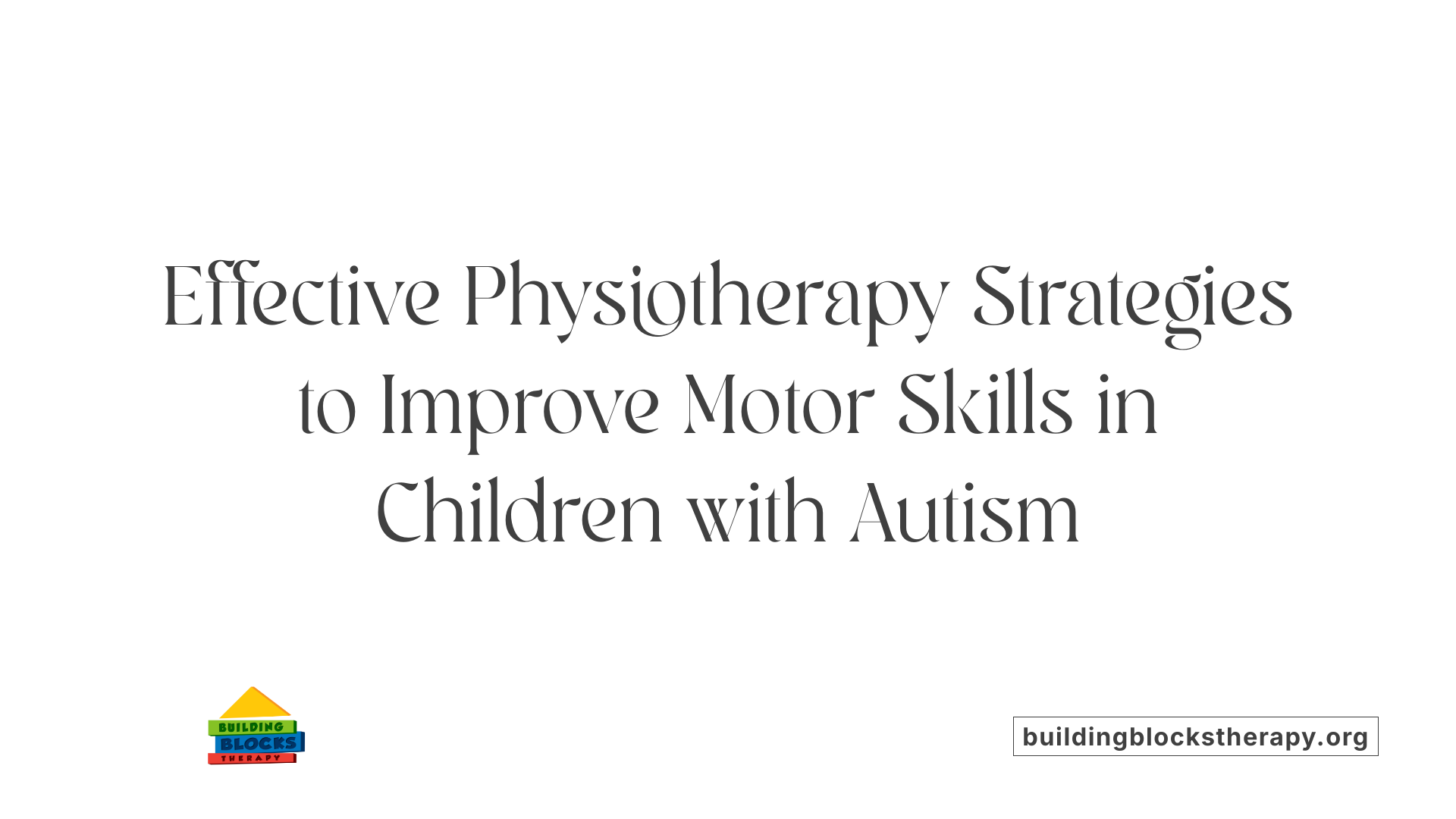
How can physiotherapy help address motor difficulties in children with autism?
Children with autism spectrum disorder (ASD) often experience delays in developing essential motor skills. These delays can include challenges with sitting, crawling, walking, and performing fine motor tasks like using utensils or writing. Many also face issues related to balance, coordination, and muscle tone, which can make everyday activities and play more difficult.
Physiotherapy offers effective strategies to manage these challenges. Targeted exercises improve gross motor skills, including walking, jumping, and running, while activities focusing on fine motor development help with tasks such as grasping or hand-eye coordination. Therapists utilize a variety of approaches, such as sensory-based activities, gym-based exercises, and even water-based therapies like hydrotherapy to enhance motion and sensory integration.
For example, exercises like mirror activities, arm circles, obstacle courses, and balance activities on plates or wobble boards are commonly used to promote stability and coordination. Aquatic activities help children relax and increase joint range of motion, reducing spasticity and developing muscle strength.
Importantly, these therapies are tailored according to each child's specific needs. Incorporating routines that children already engage in makes the therapy practical and more likely to succeed. Parent involvement is also crucial, as it encourages consistency and helps integrate motor skills into daily life.
Overall, physiotherapy enhances motor proficiency, promotes physical confidence, and supports greater participation in everyday activities. This comprehensive approach not only boosts physical development but also contributes positively to a child's self-esteem and overall well-being, laying a strong foundation for healthy growth and social interaction.
Supporting Development and Well-Being through Targeted Physical Therapy
Physical therapy offers a valuable pathway to improve motor skills, coordination, and overall physical health in children with autism, ultimately fostering greater independence, social interaction, and quality of life. While ongoing research continues to explore the full potential of these interventions, early and tailored physiotherapy remains a cornerstone in comprehensive autism support, emphasizing the importance of multidisciplinary collaboration and family involvement to achieve the best outcomes.
References
- Physical Therapy Guide to Autism Spectrum Disorder
- Physical Therapy for Autism | NICHD
- The Role of the Pediatric Physical Therapist for Childen ...
- The Top 5 Benefits of Physical Therapy for Children with ...
- Autism Spectrum Disorder and Motor Development
- The effect of physical exercise therapy on autism spectrum ...
- The effect of physical exercise therapy on autism spectrum ...
- How PT and OT Help Children with Autism Spectrum ...

